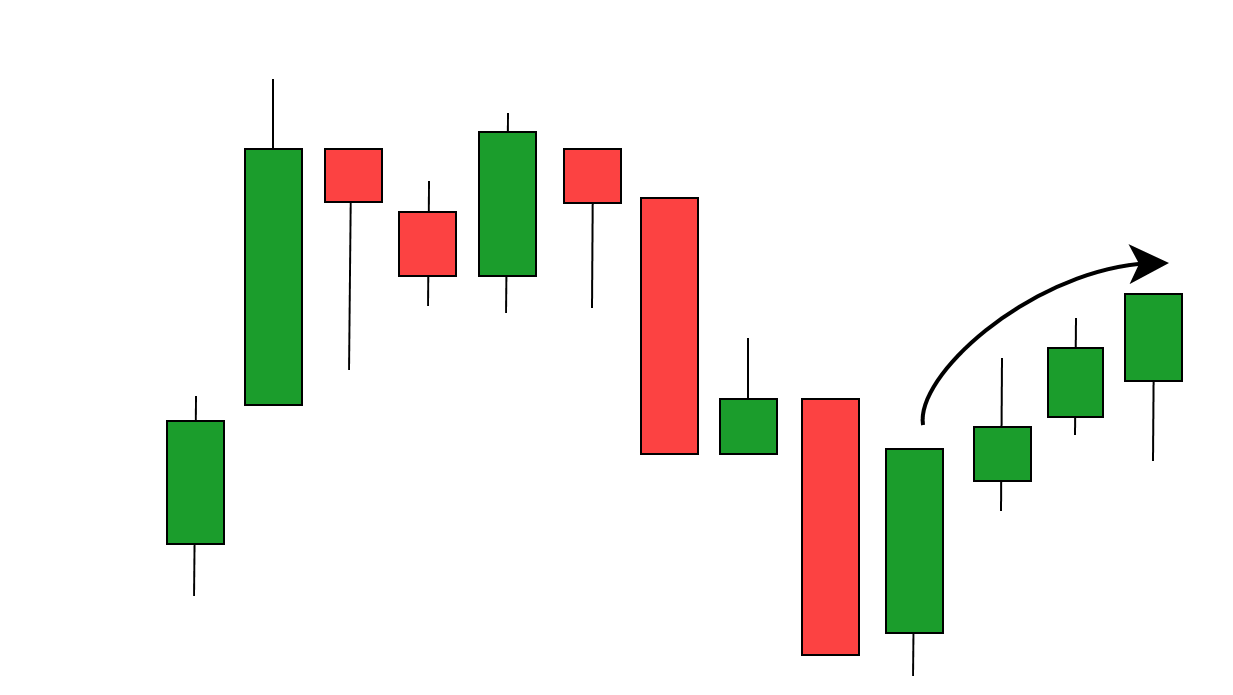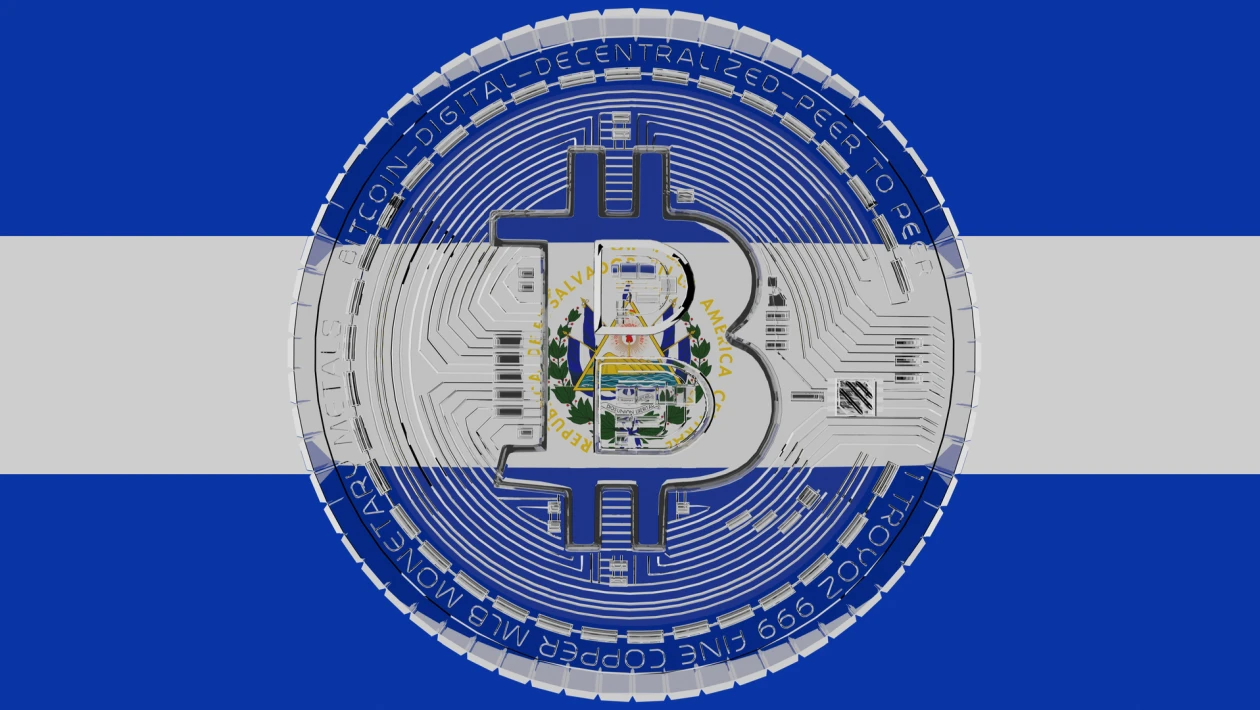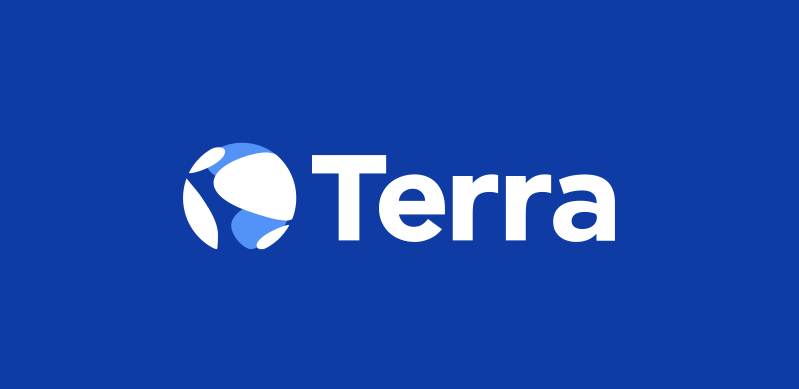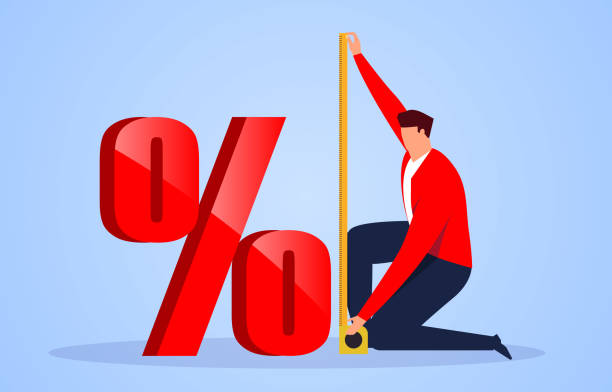Difference between Candlestick Pattern and Chart Pattern?
Finding trends is one of the most difficult jobs for any stock market trader. These patterns may be very helpful when analyzing the price action on a stock chart.
As a result, traders who use technical analysis should be familiar with the differences between these two kinds of instruments.
There are technical tools called candlestick charts that combine data from several time periods into a single price bar.
Chart patterns, on the other hand, serve as the foundation for technical analysis. They have a recurring pattern in the marketplace and are thus simple to identify.
Read the complete guide of forex review to choose a beginner broker for trading.
What is Candlestick Pattern?
To illustrate emotion, candlesticks depict the magnitude of price changes.
As a result of its regularity, traders utilize candlesticks to assist them to make trading choices about the price's short movement.
Candlesticks used in contemporary price charting have their roots in the generations Japanese rice trade.
Some investors prefer them over conventional bar charts because of the ease with which the price movements can be interpreted.
As a result of its rectangular form and wick-like lines on each end, candlesticks have become widely recognized.
One day's value of stock price data is represented by one candlestick.
Investors may utilize the candlestick formations to make buying and selling choices based on the groupings of the candlesticks.
Choose one of the best forex brokers for beginners to understand the candlestick pattern in the market.
Basic Candlesticks Patterns:
The price changes are what generate the candlesticks.
Its price changes may seem random at moments, but traders can identify patterns in them to do technical analysis or to place trades.
Bullish and bearish trends may be distinguished by their patterns.
Prices may increase if bullish patterns hold or decrease if bearish patterns hold, according to the patterns.
Of being clear, no pattern performs 100% of the time, since candlestick patterns reflect price movement trends rather than absolute promises.
Example Candlestick Pattern:
As previously mentioned, candlestick patterns may be classified as either Bullish or Bearish.
Some of the Bullish Trends:
- Bullish Engulfing
- The Hammer
- Piercing Line
- Morning Star
- The three White Soldiers
Some of the Bearish Trends:
- Dark Cloud Cover
- Evening Star
- Bearish Engulfing
- Bearish Harami
- Shooting Star
One of the top 10 forex trading platforms will help you figure out the candlestick and chart pattern to find profits.
What is Chart Pattern?
Chart patterns consolidate the factors of supply and demand into a single image, putting buying and selling into contrast.
Using these trend lines as a visual database of all chart patterns, traders can better understand the continuous conflict among bulls and bears.
Aside from identifying who is leading the fight, chart patterns and technical analysis also assist traders and investors arrange themselves appropriately.
Short-term and long-term predictions may be made using chart pattern analysis.
A single piece of data may span many days or even several weeks or months, and the trends can last for months or even years.
Each trading session may be enough to create gaps and outside reversals, while widening tops and inactive depths may take months to manifest.
Example of Chart Pattern:
An instance of a chart pattern is shown underneath:
- Triple Top
- Rising and Falling Wedges Triangle
- Double Top
- Head and Shoulders
Difference Between Candlestick and Chart Pattern:
Candlestick patterns vary from chart patterns in many ways:
- A candlestick sequence is made up of a combination of one or more individual candlesticks. Chart patterns, on the contrary side, form when the price fluctuates over the period due to psychological and fundamental factors.
- When it comes to candlestick formations, they emerge quickly while trend inclination is visible over the long term.
- For a brief period of time, the trend direction is shown. Chart patterns, on the other hand, may show when the trend is changing directions.
- Candlesticks are used for long-term buying and selling indications, while chart patterns are used for short-term entrance and exit positions.
Leverage the UK forex trader to understand the purpose of candlestick and chart patterns.

















